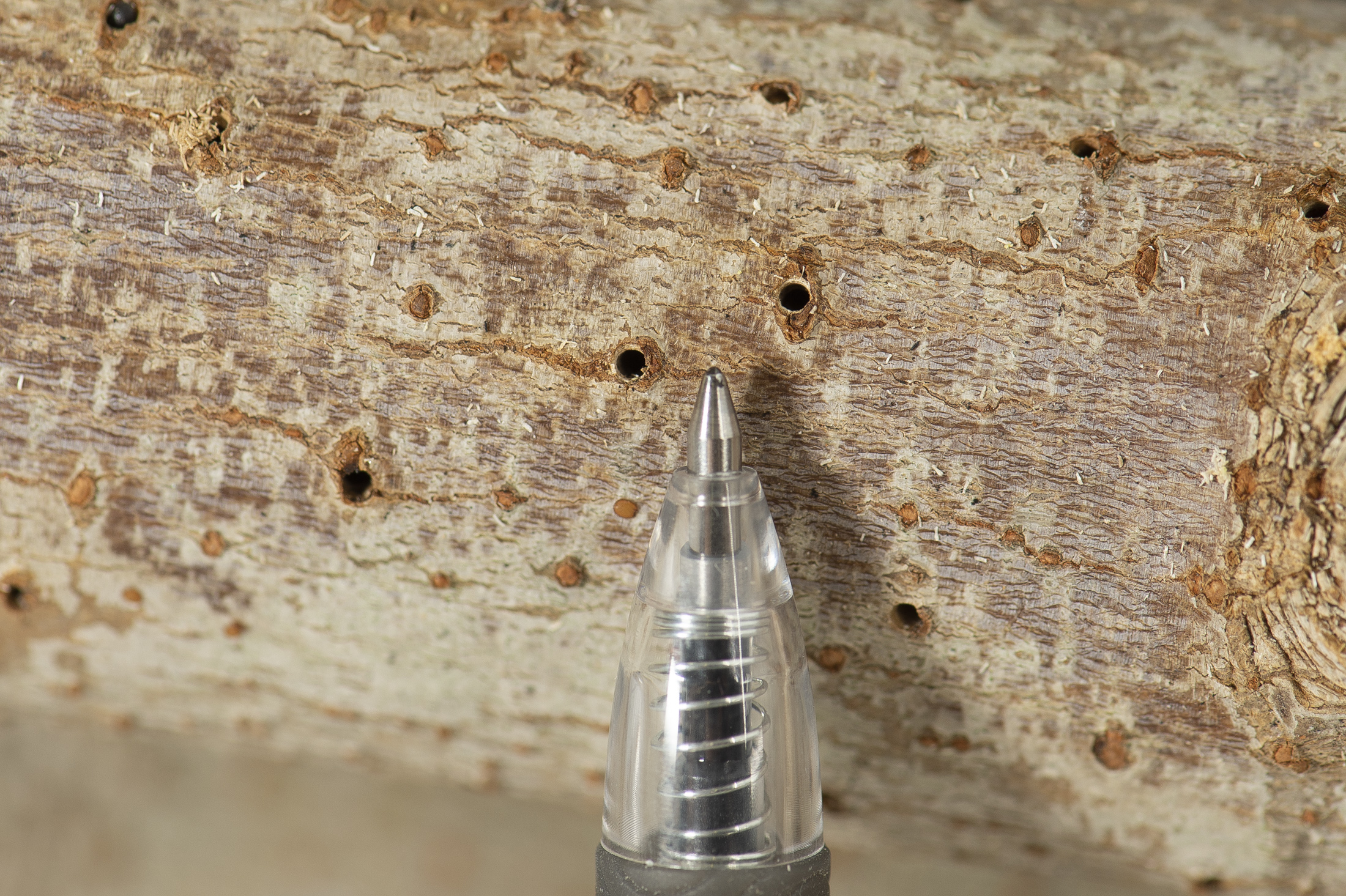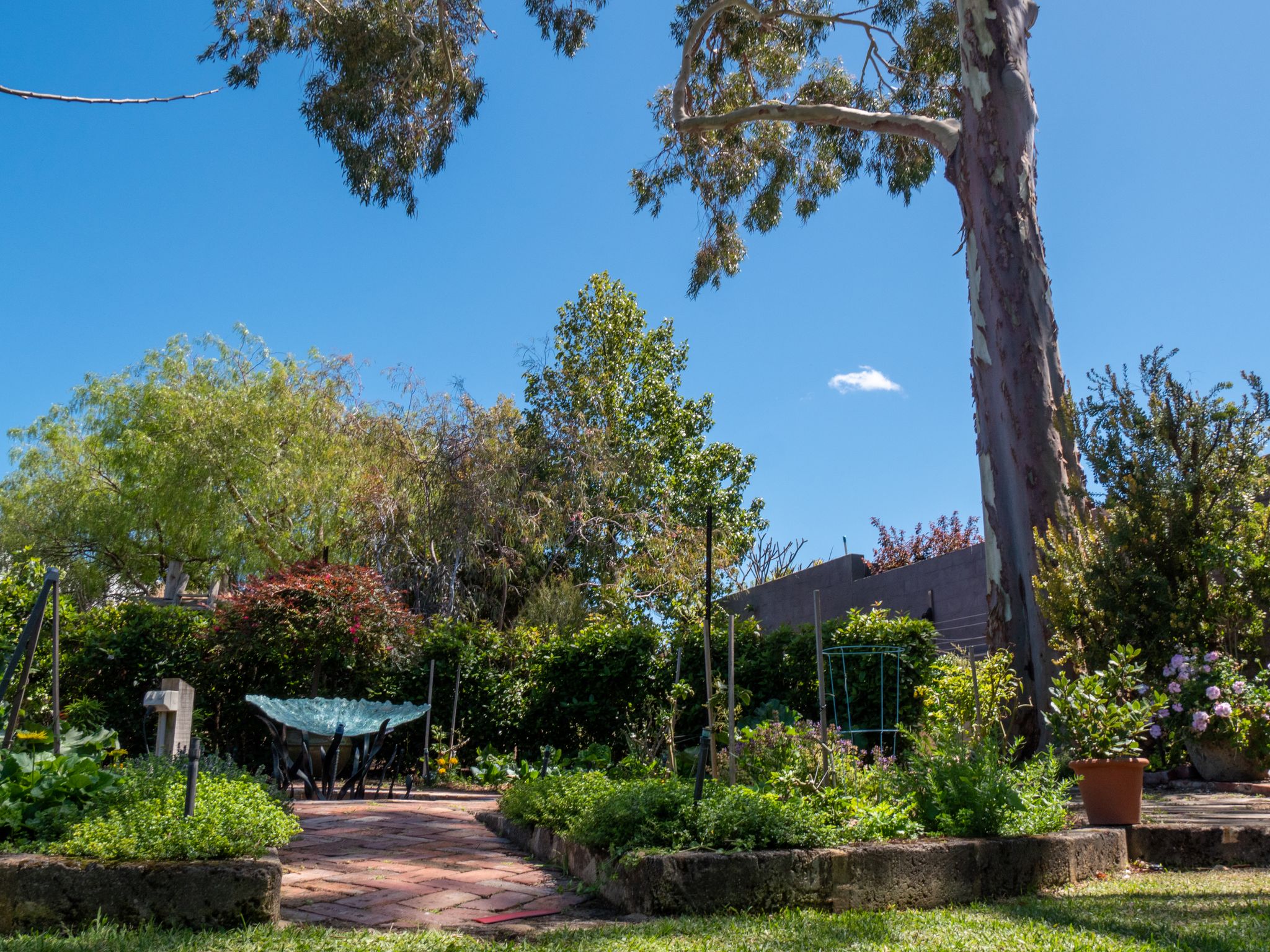Most gardeners will have had some experience with the little bundles of fluff that sticks to your plants in their hundreds. They may look like tiny pieces of cotton that the fairies have been knitting on your plants, but they are a rapidly breeding scale that breeds quickly and will cover all parts of the plant.
Cottony cushion scale (Icerya purchasi) is a native soft-bodied scale insect that sucks sap from plants, however it’s not the sucking that’s the problem, it’s the amount of honeydew they produce. Lots of honeydew brings lots of sooty mould, a black coating that can cover the entire plant. This black coating prevents the plant from photosynthesizing resulting in leaf drop, twig death and stress.
Cottony cushion scale is about 5mm long, reddish brown and has a dome shaped white mealy coat. The female scale is easily indentified with a long tail attached at the end holding the egg sac. The egg sac has the appearance of a white chocolate fluted biscuit for the very small fairies that knit with the cotton. This white fluffy end hides about 1000 bright orange eggs, which is why your fingers go orange when you squish them.
They are serious about ensuring an ongoing population. When the eggs hatch they become bright red crawlers sticking to the underside of leaves. The life cycle takes only two months to complete and hoopla off they go again. At 1000 eggs apiece, it’s not long before they reach plague proportion. Interestingly the male cottony cushion scale has wings, is red in colour and very shy probably because it’s half the size of the females.
But its not all bad news, Cottony cushion scale was the catalyst for the first and highly successful biological control of an insect pest in the United States. Entomologists were terribly excited because our Aussie scale just about wiped out the citrus industry in California and they came up with a solution that didn’t involve fumigating whole orchards with cyanide (this method was previously used).
Another little Aussie hero came to the rescue (apart from the entomologists) – a predatory ladybird called Rodolia cardinalis who ate themselves stupid on live adult, crawler and eggs and had the whole situation sorted within a year. The adult female ladybird lay their eggs underneath the scale egg sac where it’s a smorgasbord of ‘all you can eat’. There is also a mealybug predatory ladybird called Cryptolaemus montrouzieri.
Biological control measures are the most effective, environmentally responsible method of pest control, leave your sprays on the shelves and observe nature at its finest.



